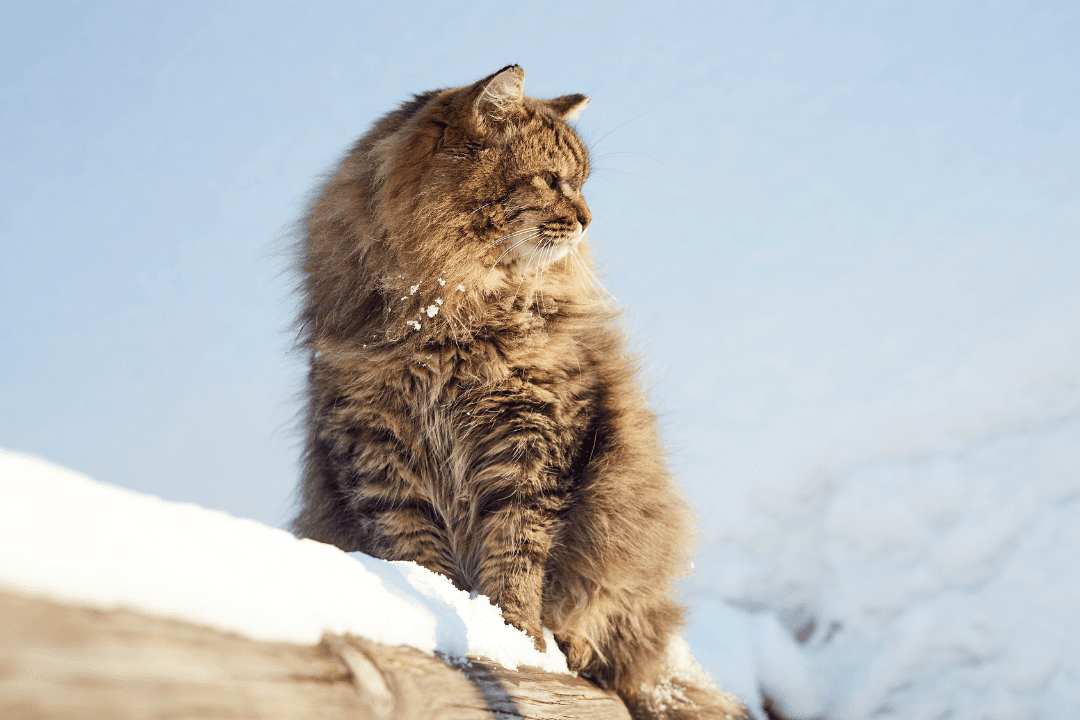Oriental Shorthair – Everything you need to know about this cat breed
Quick facts about the Oriental Shorthair
Weight: males 3–5 kg, females 2–3.5 kg
Withers height: 20–25 cm
Energy level: energetic
Lifespan: 8–15 years
Social needs: medium
Colours: comes in a range of patterns and many different colours, for example white, chocolate, blue, brown, cream, red and fawn.
Health problems: generally healthy, but can suffer from eye problems and kidney diseases such as Polycystic Kidney Disease (PKD).
Personality of the Oriental Shorthair
The Oriental Shorthair, often simply called the Oriental, is a lively, sociable and intelligent cat breed that tends to be very talkative. It is extremely affectionate towards its cat parents and needs plenty of love and attention. Play and mental stimulation are important for an Oriental Shorthair, as it is an active cat with a high energy level. It loves to jump, climb and perch up high – so cat trees and climbing opportunities are ideal for this breed. Thanks to its intelligence, the Oriental Shorthair is also relatively easy to train to walk on a lead.
Appearance and coat care of the Oriental Shorthair
The Oriental Shorthair is medium-sized, long and slender. Its large ears, elongated nose and big eyes give it a very distinctive look. The coat is short, dense and glossy and lies close to the body. It does not actually need much grooming, but this breed often associates brushing with affection and usually enjoys being brushed. Because the Oriental Shorthair sheds very little, it can also be a suitable breed for some allergy sufferers. Brush the coat about once a week to reduce loose hair and keep it looking its best.
Health problems in the Oriental Shorthair
The Oriental Shorthair is generally a healthy cat breed. However, the size and shape of the eyes make it more prone to eye problems, so make sure to keep them clean. Like all cats, Orientals can also suffer from hereditary diseases, and they may develop kidney problems such as Polycystic Kidney Disease (PKD). A balanced diet can help support good kidney health.
Oral health
Did you know that you need to brush your cat’s teeth? Brushing your cat’s teeth every day is the best thing you can do to help prevent periodontitis – learn more about it here. The dental disease FORL is common in cats and often occurs together with periodontitis. Brushing your cat’s teeth can be a challenge, but with treats and plenty of patience your cat will usually get used to it over time. Learn more about how to brush your cat’s teeth here. You can read more about dental care for cats here.
Poisoning
There are many things that are poisonous to cats that you might not have thought about. One example is houseplants – learn more about which plants are toxic to your cat here. Other examples of things that are poisonous to cats include chocolate and mouse and rat poison. It is important to store anything that is dangerous for cats in a place they cannot reach.






